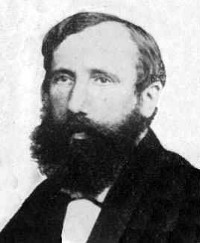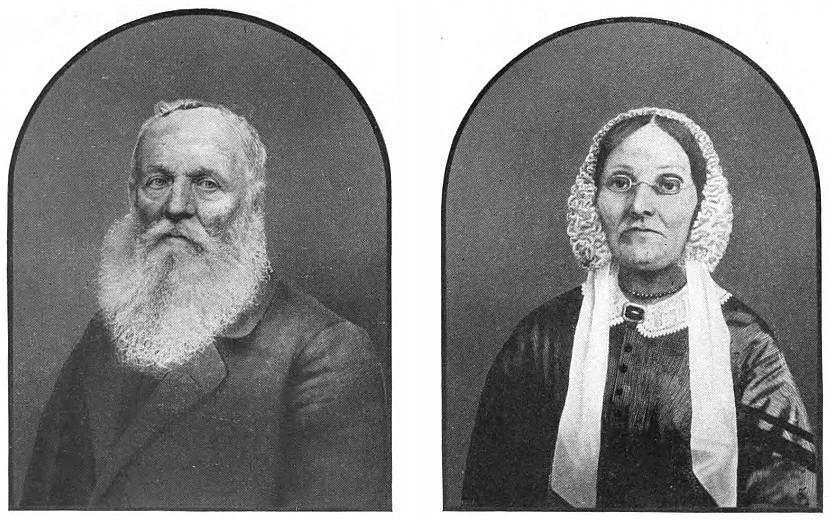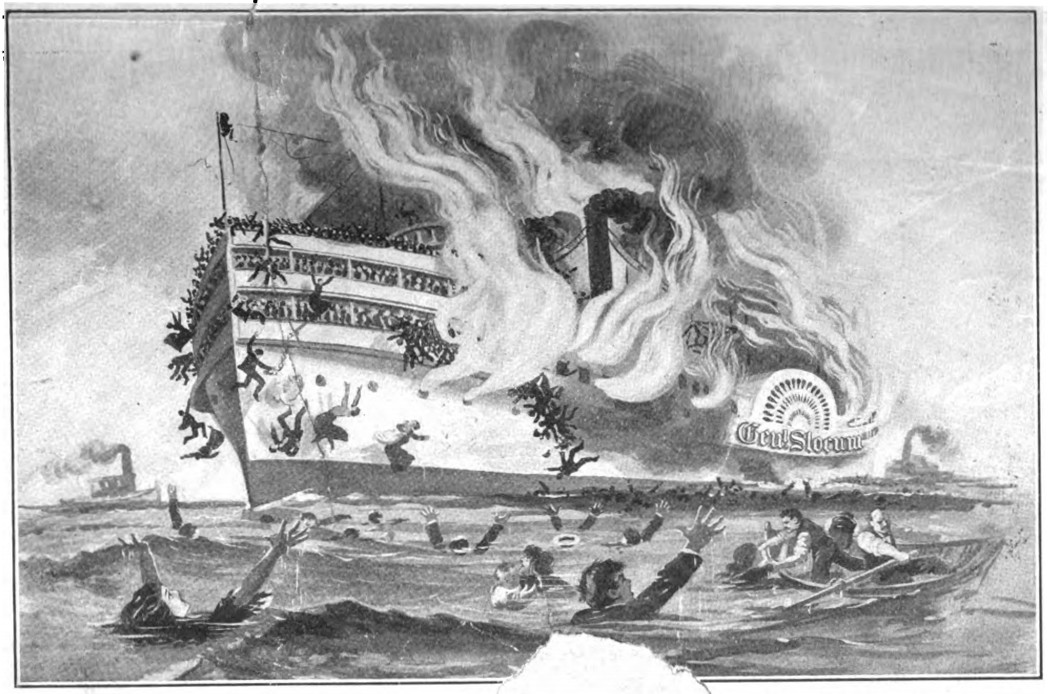A striking scene from the coast of Massachusetts, summer 1894:
I was brought, from my sitting posture, down on the flat of my back. The force produced a motor disturbance of my head and jaws. My mouth made automatic movements; till, in a few seconds, I was distinctly conscious of another’s voice — unearthly, awful, loud, and weird — bursting through the woodland from my own lips, with the despairing words: ‘Oh! My People!’
The victim, Albert Le Baron, had for some time found himself talking involuntarily in a language he didn’t understand, a language he believed had some ancient or remote origin. He became convinced that he was conveying the words of dead speakers. That September, back in New York City, he received a similar communication from the “psycho-automatism,” with a translation:
I have seen all thy ways, O son of the Nile! I have heard all thy songs, O son of the Nile! I have listened to all thy woes, O son of the Nile! I have been with thee, O son of the Nile! I have been near thee when thy days were full of glory. I have been near thee when thy days were covered in sadness. I have heard thy voice, O son of Egypt! I have counted thy tears, O son of Egypt! I have heard thy voice of wailing, O son of Egypt! I have watched thee when thy men of might have flown; I have watched thee when thy glory has faded; I have watched thee when thy sun has set; I have watched thee, O son of the Nile! Thy tears have been my tears; thy joys have been my joys; thy woes have been my woes. O son of the Nile, I love thee! O son of the Nile, I love thee!
William James, who communicated all this to the Society for Psychical Research, wasn’t impressed. “I know no stronger example of the subjective sense of genius, or rather of positive inspiration, accompanying a subliminal uprush of absolutely meaningless matter,” he wrote. The whole article is here.
(Albert LeBaron, “A Case of Psychic Automatism, Including ‘Speaking With Tongues,'” Proceedings of the Society for Psychical Research 12 [1896-1897], 277-297.)





